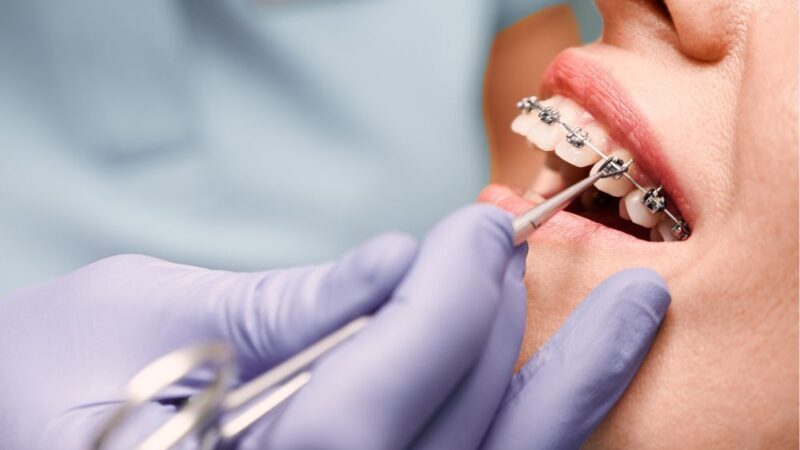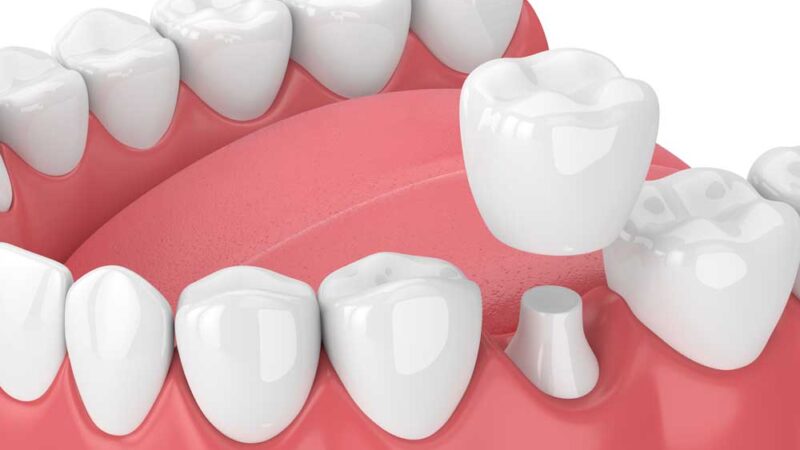Worried about A Dental Bone Graft Procedure? Here Is Basic Information You Should Know

Did you know that jaw bone loss can affect your facial appearance? Sounds absurd? After you lose your teeth, especially the front teeth, your upper and lower jaws may sink inward and cause a hollow facial appearance. The changes may continue to affect you if you do not seek treatment. You need Katy bone grafting to replace the lost bone and restore your facial appearance. Bone grafts may be necessary, especially if you wish to have dental implants. You can learn more about a dental bone graft procedure from the discussion below if you want to understand more about it.
Who May Need A Dental Bone Graft?
Your doctor will likely recommend dental bone grafting if you are experiencing jawbone loss. The procedure may be necessary if you undergo a tooth extraction and rebuild your jaw before getting dentures. You may also need the procedure if you have bone loss areas due to gum disease. Once your dentist places the graft, it will hold space and allow your body to perform the repair work.
Can Your Dental Bone Grafts Fail?
Generally, you have a high success rate after getting a dental bone graft. However, you may fail the procedure, just like any procedure. The risks of failure may be higher, especially if you live with certain medical conditions or smoke. Signs of failure may include pain and swelling that worsens, pus from the grafting site, gums pulling away from your teeth, and no improvement in jawbone volume. Dental grafts will increase your candidacy for dental restorative treatments and implants. Also, they restore your jaw to its former position after gum disease, tooth loss, or trauma.
Are There Risks To Getting Dental Bone Grafts?
Generally, the bone graft will be safe in your mouth without causing adverse side effects. However, a dental bone graft procedure may carry risks, including infection and heavy bleeding. You may also experience nerve damage and complications from anesthesia. Your doctor may instruct you to call if you experience troubling symptoms like severe pain and increased swelling.
How Long Will Recovery Take After A Dental Bone Graft Procedure?
Following your treatment, you will likely experience pain, bruising, and swelling at the grafting site. Such side effects will diminish within a few days. Meanwhile, your doctor may prescribe pain relievers and antibiotics to reduce the risk of infections. Though you may feel normal within two weeks after treatment, complete healing may take three to nine months or even longer.
Your recovery may depend on the type of graft, the grafting area, and your healing capacity. Mostly, you can resume normal activities a day after your procedure. However, if you choose sedation during treatment, your doctor may recommend taking some extra days for your recovery at home.
Jawbone loss may affect your health by causing mobility issues and may lead to tooth loss. Bone grafts benefit your jaw bone health, especially after a bone loss, by providing support and allowing for the growth of new bone. As you recover, the new growth will replace your graft material, save you from bone loss, and improve your facial appearance. Additionally, getting a dental bone graft can improve your eligibility for dental restorative treatments and dental implants if you need one.







